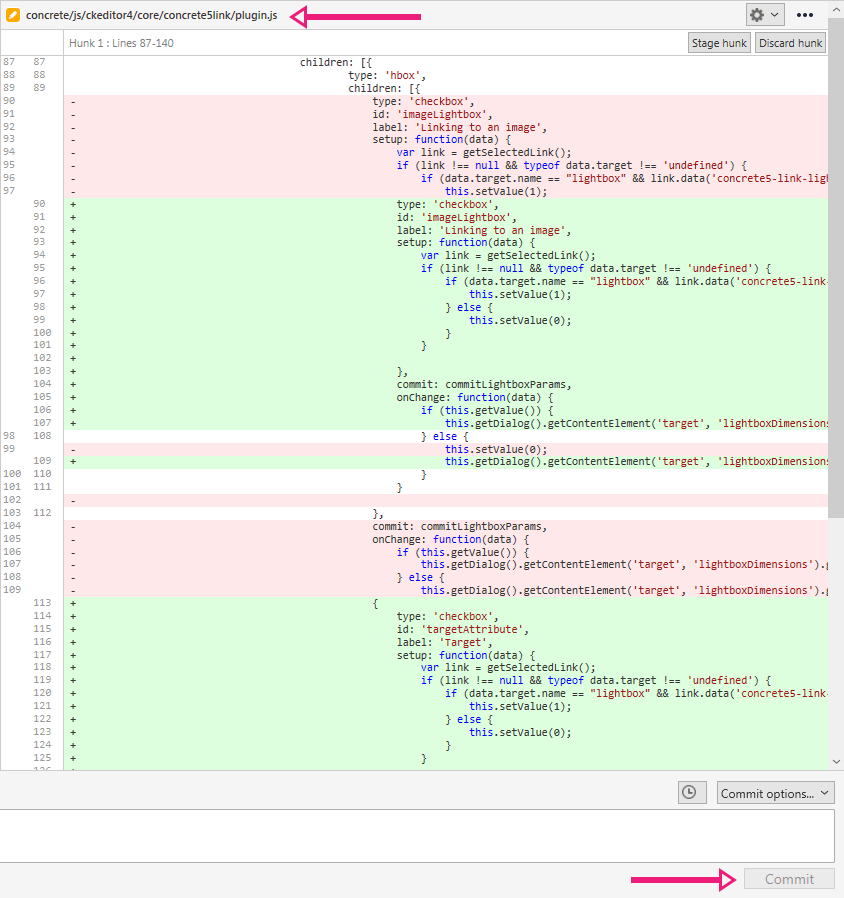
- #SOURCETREE AND GITHUB INSTALL#
- #SOURCETREE AND GITHUB PASSWORD#
- #SOURCETREE AND GITHUB DOWNLOAD#
- #SOURCETREE AND GITHUB FREE#
Have a look at your left-hand navigation bar. We’ll also learn to select an existing branch. In any case, it’s a good skill to have so let’s learn to do it in SourceTree too. Unless you had already created a branch in GitHub and selected it when cloning, you now should (must) create a new branch to work on. It is a bit overwhelming and it looks like this: You now have all the content of your remote repository copied to your local folder for you to work with. When you’re all set, click the “Clone” button at the bottom.Īnd that’s it for cloning. It doesn’t have to be the same as the remote repository.įinally, if you followed part 2 of this guide and already created a branch in GitHub, you should select it in the “Checkout branch” list under “Advanced Options.” I put mine under my localhost server.īelow the path is the name you want to give your local repository. The second field is the path to your local repository’s folder. In the first field, the GitHub repository URL is set correctly. No idea why.Īnyway, click on the “Clone” link, to the right of your chosen repository, and you’ll be taken back to the “Clone” tab with all the fields already filled for you.

You type a keyword and it only shows you some of the repos matching the keyword. I now that search box looks mighty handy but in my experience it’s terrible. Click on the account you have just added and you’ll see a list of repositories hosted under that account. Once you click on the “Remote” tab you will see a list of your accounts. Using the top menu navigate to File ⇒ Clone / New…Ī new window will appear titled “Clone” but we’re going to go the easier way and click on the “Remote” tab instead. The easiest is to do it all from SourceTree. We now want to clone your fork to your local environment (a.k.a.

In part 2 of this guide, we already forked the original Concrete5 repository to your account. When your account is successfully connected you will see it indicated in SourceTree and your username will appear in the Username field.Ĭlick OK and you will see your account added to the list-with your avatar if any-on the previous popup.Įt Voila! Congratulations, you’re all set-up to work and interact with any repository hosted in your GitHub account. As soon as it says you are connected or it simply stops loading, you should be good to go. It’s also not that secure.Ī window will open and load in your browser.
#SOURCETREE AND GITHUB PASSWORD#
In case you’re wondering, the “Basic” authentication type uses your account’s username and password and has been deprecated by GitHub so it will stop working soon. In the popup that opens, select the “Authentication” tab and click on the “Add” button. In SourceTree, using the top menu navigate to Tools ⇒ Options. There are several ways of doing that and we’re going to use the easiest: connection over HTTPS.įirst make sure that, in your browser, you are logged in to your GitHub account. Once SourceTree is installed we need to add your GitHub account to it. I am not sure to what extent since I don’t have a Mac, but I believe the essentials are still pretty much the same. Getting SourceTree set upīefore we start it is worth noting that SourceTree is different on Mac and Windows. While installing SourceTree, provide your BitBucket credentials and, when asked, select Git and not Mercurial (another versioning system) unless you want to give it a try.

#SOURCETREE AND GITHUB FREE#
In Github, you get only public repositories on the free plan.

If you’re going to start using Git, it’s a good idea to have a BitBucket account since, unlike GitHub, they offer private repositories with their free accounts. BitBucket is a GitHub competitor from Atlassian, also makers of SourceTree.
#SOURCETREE AND GITHUB INSTALL#
To install SourceTree you need a (free) BitBucket account.
#SOURCETREE AND GITHUB DOWNLOAD#
If you haven’t already, download SourceTree and install it. Posted by Nour Akalay on DecemUpdated on October 8, 2020. Let’s move on to serious stuff with SourceTree. The Git and SourceTree beginner's guide to contributing to open-source projects in GitHub - Part 3 - Working with SourceTreeīy now you have learned the essential concepts you need to start using Git (part 1) and have done some forking and branching in GitHub (part 2)


 0 kommentar(er)
0 kommentar(er)
